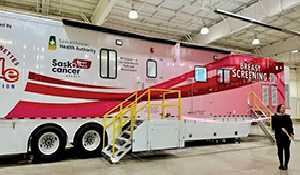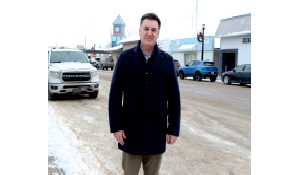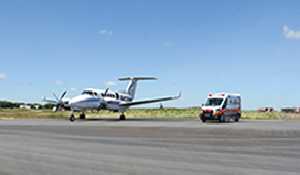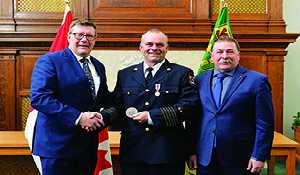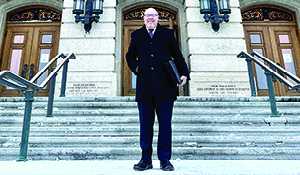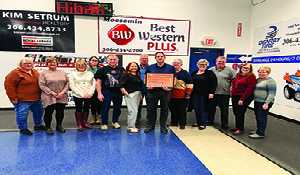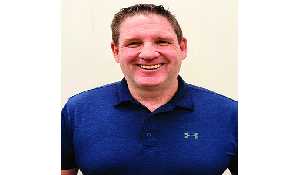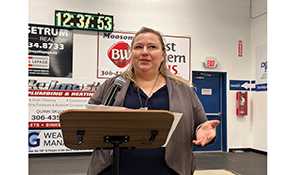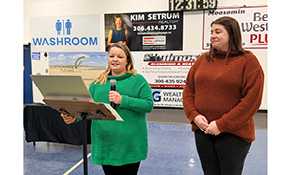Heavy rescue course deals with big wrecks
November 9, 2022, 10:55 am
Kara Kinna
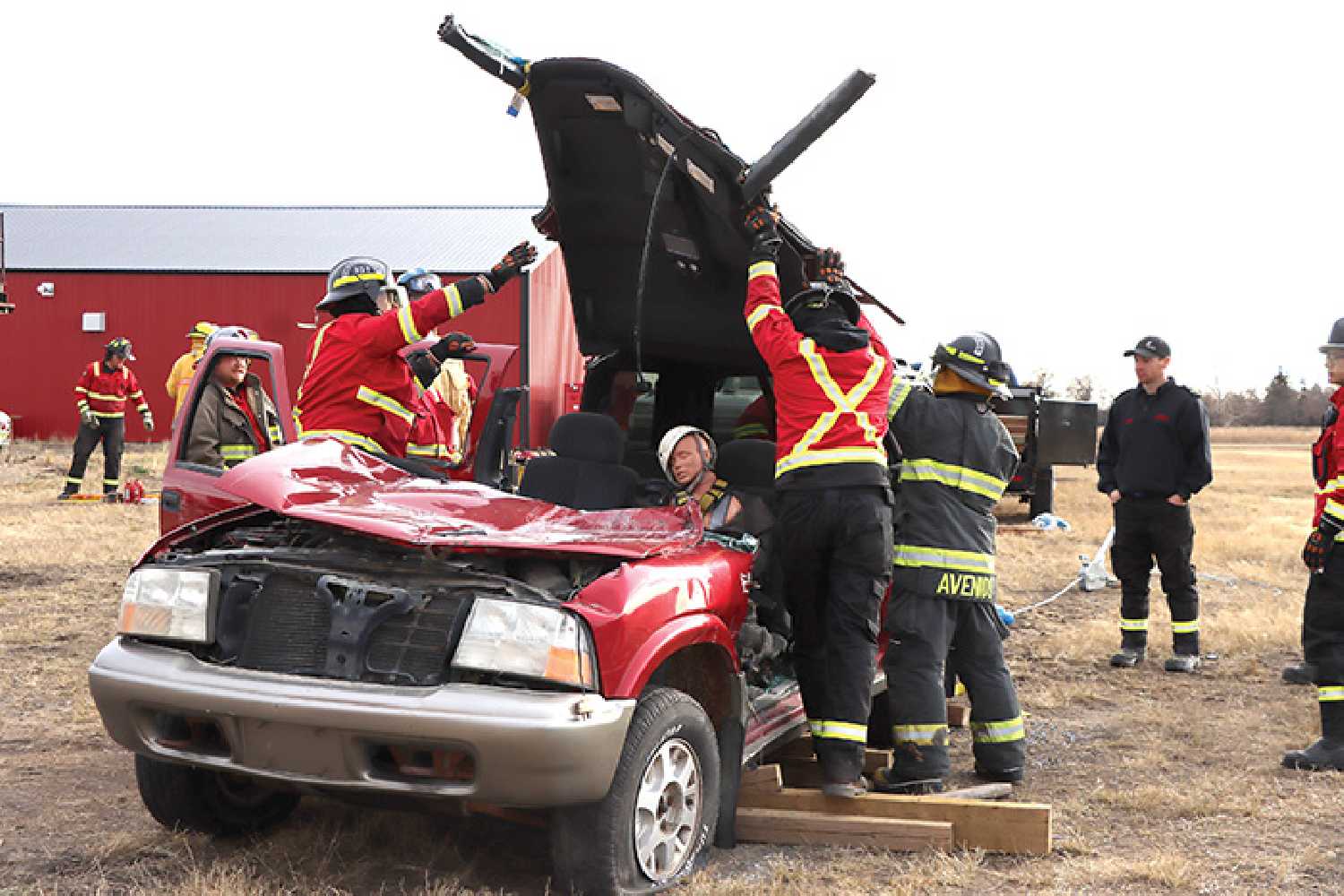

How do you pull someone out of a wreck when the vehicles involved are big—like semis, cement rollers, and school buses.
That’s what firefighters from around the region learned on the weekend of October 29 during a heavy rescue course hosted by the Redvers Fire Department.
Crews were asked to work through scenarios using real vehicles to extricate a number of dummies from vehicle wrecks. In one scenario a cement roller had crushed a mini van with a person trapped inside the van. In another a semi had toppled onto a vehicle, and crews had to cut through the back of the semi cab to get at the people inside the cab. In another a truck had hit a school bus, and the roof of the truck had to be peeled back in order to get the driver out.
The course was taught by Trans-Care Rescue, and included firefighters and rescue people from Redvers, Carnduff, Estevan, Carievale, Lampman, Indian Head, and the Mosaic Esterhazy mine.
Bill McCombs with Trans-Care Rescue says it’s invaluable for rescue crews to learn how to do an extrication with real vehicles.
“It’s a lot better to learn in training situations like this than to get out to a real situation,” he says. “It’s not a good place to learn in a real situation. So this gives them an opportunity to see the real thing as much as they can and use equipment and learn and take their time to do it and do it right. Because there are a lot of variables here and a lot of work making things safe before you do anything.”
The crews spent one day working on in-class theory before spending two full days working through scenarios with real vehicles.
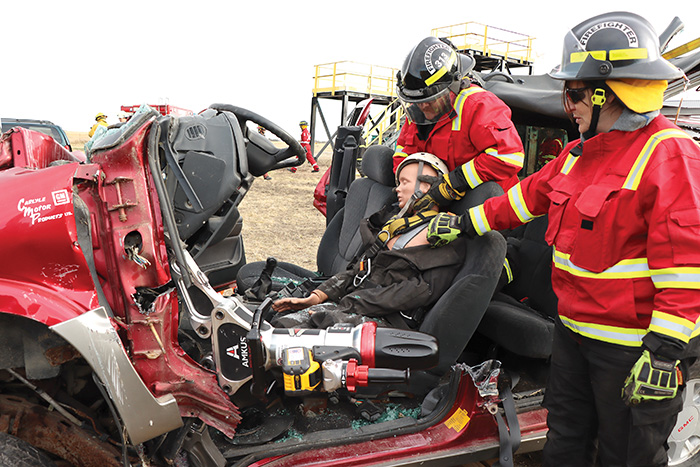

“You still have to do theory to understand why you are doing what you are doing, but then after that, the hands on training is invaluable,” says McCombs. “Big heavy accidents like this happen. They don’t happen very often, but when they do, everyone has to be in the game. You don’t get a chance to practice it real often, so the hands on practical training is invaluable.”
McCombs says there are a number of challenges that crews face when dealing with big wrecks where there is a lot of weight and metal involved.
“Stability is number one because you have so much weight and the equipment is built a lot heavier,” he says. “You are cutting through a lot of big material, and on these new trucks there’s a lot of electronics on them, so there are a lot of safety issues that you have to deal with first.
“The structure of the steel is also a challenge. All these new vehicles have boron steel which is extremely hard. And then you have all the safety systems like the air bags. Even on the semis you have air bags. And trying to work around the patient is a challenge too. A big part of this is learning how to work around the patient in real close quarters with very powerful equipment.
“The new vehicles protect people and they save a lot of lives, but they are all crash tested at around 50 to 60 km an hour, and our accidents in Saskatchewan on highways and gravel roads are 100 to 120 km and hour. So even though they really do protect people, at those types of speeds it actually crushes a lot more.
“A big part of this too is actually reading what has happened to the metal. It’s called reading the wreck. So you basically look at it and you can make some decisions based on the damage to the vehicle and where the people are—that versus what you have for equipment—and your knowledge and how you are going to get them out of there.” Tweet






